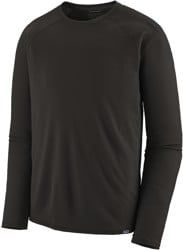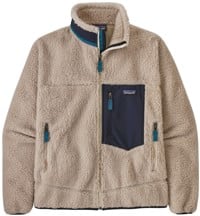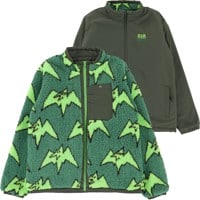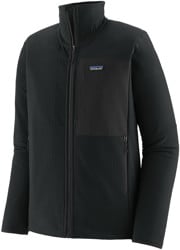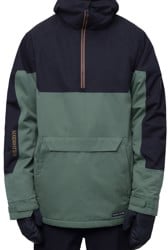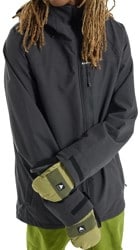Layering For The Weather
The key to comfort on the hill is proper insulation. You can sport a $500 jacket, but if you match it with a cotton t-shirt, cotton hoodie and cotton socks, you’ll be hating it! Each part of this layering formula – the base layer, insulating layer and outer layer – has its own important function. On most winter days, you’ll want to start out wearing all three groups to keep you comfortable and riding as long as possible, though if you get too hot you can shed some of it. Here is a basic description of each layer and how they work together to provide an effective barrier of fabric between you and Mother Nature.
Base Layer
First off, DON’T WEAR COTTON. Your base layer should keep you warm and dry underneath the rest of your garb. Sweating and exposure to moisture in the air can cause your skin to become cold, so a first layer of wicking fabric is critical. Moisture-wicking describes a material that transfers the water molecules from the surface of your skin to the outer clothing layers, keeping you dry. Capilene, Coolmax and Polartec are all examples of moisture-wicking fabrics that are commonly used in base layers. Cotton, on the other hand, is a hydrophilic material (it easily absorbs water) and shouldn’t be worn as an inner layer.
Be sure to use both a top and bottom base layer, and wear socks that are made for snowboarding and use similar wicking materials. Did we mention, don’t wear cotton!
Snowboard Base Layer
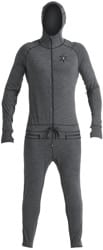
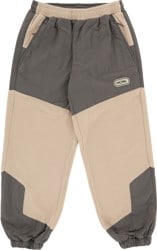
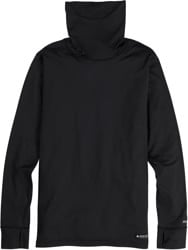
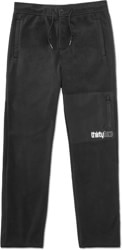
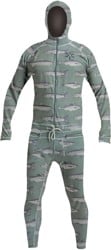
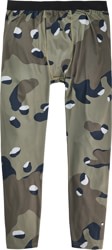
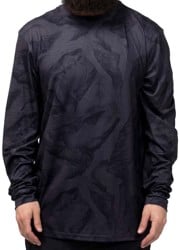
Insulating Layer
Wool, down and fleece are the most common mid layers due to their insulating properties. Their job is to keep you warm and can fit more loosely than your base layer. Because you are wearing a moisture-wicking first layer, the insulating layer will receive a lot of the transferred dampness; so again, no cotton.
Hoodies are great off the slopes, but if they have any cotton content, don’t wear them riding. Unfortunately, hoodies generally wind up as wet, cold rags on the mountain… not too swell.
Sometimes, you’ll find that a jacket or pant that is designed as an outer layer actually has some padding to it. It can be built-in or removable, but unless it’s an insulating material such as those listed above, you’ll need to supplement the shell with a fleece or wool mid layer to stay warm.
Fleece Jackets
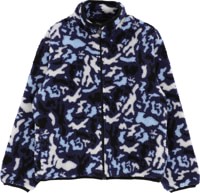
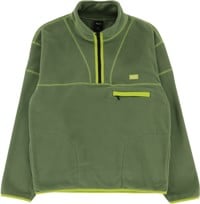
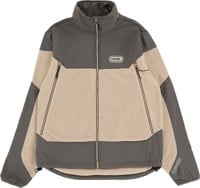
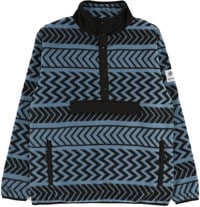
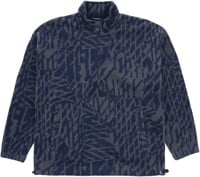
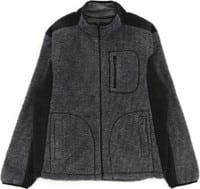
Outerwear Layer
Choosing the proper outerwear requires some knowledge of the weather conditions where you plan to ride. There are several options when it comes to waterproof, breathable and windproof apparel, so take some time to check out this article on outerwear. Essentially, you want a garment that will protect you from the nasty elements that you might encounter on a mountainside – rain, snow, sleet, wind, etc.
While your jacket or pant may be a superior first line of defense against the weather, this layer is rarely enough to keep you warm, hence the need for the under layers described above.
Snowboard Jackets
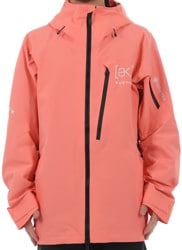
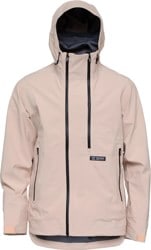


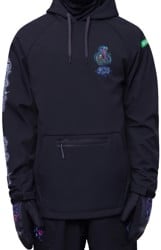
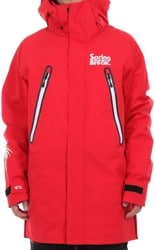
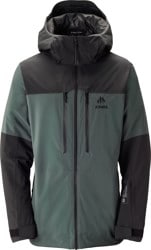
Snowboard Pants

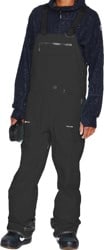






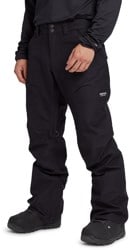
Accessories
In addition to the three main layers – base, insulation, outer – there are a few mandatory accessories to complete your getup. Make sure that you have waterproof, warm gloves, a lid that will keep your head dry (like a beanie or helmet), and goggles to improve and protect your vision. You might also consider a facemask and/or scarf on the really harsh days.
Adding/Removing Layers
The best thing about layering is that as the conditions change on the mountain – which they do all the time – you can adjust your gear to keep you as comfortable as possible. That can mean ditching your fleece on a really warm spring afternoon or adding a vest under your shell jacket to combat super cold weather. It’s all about customization to your environment.
